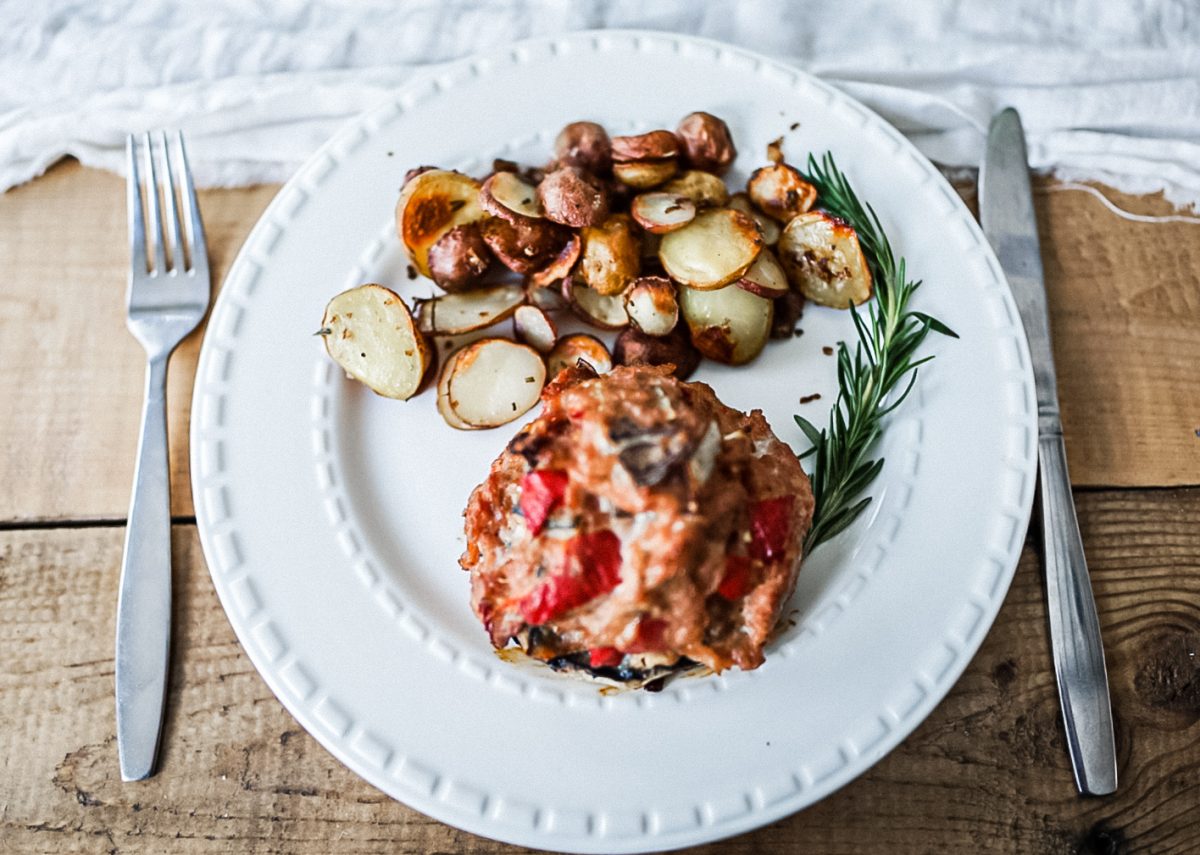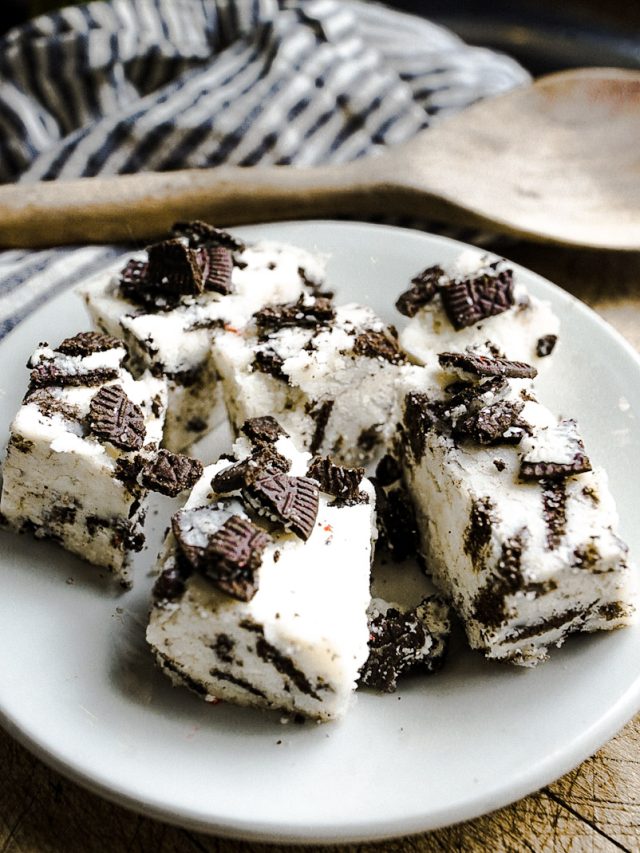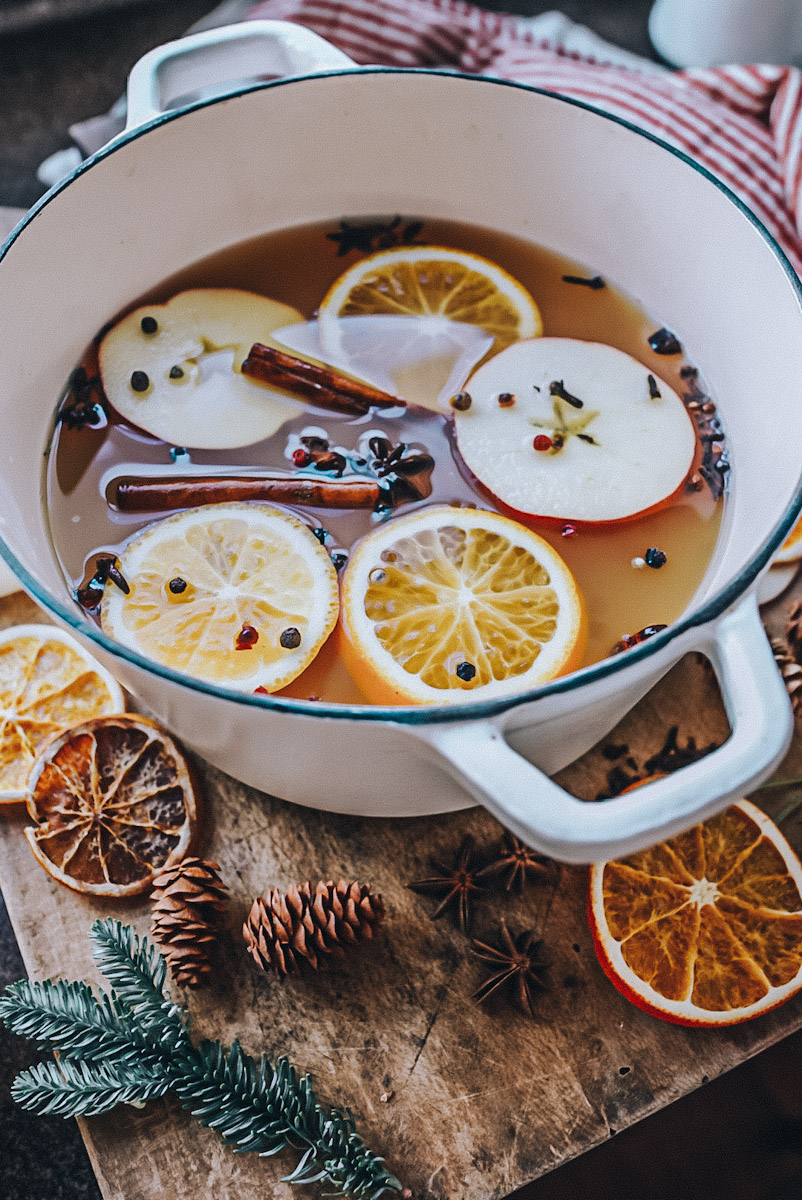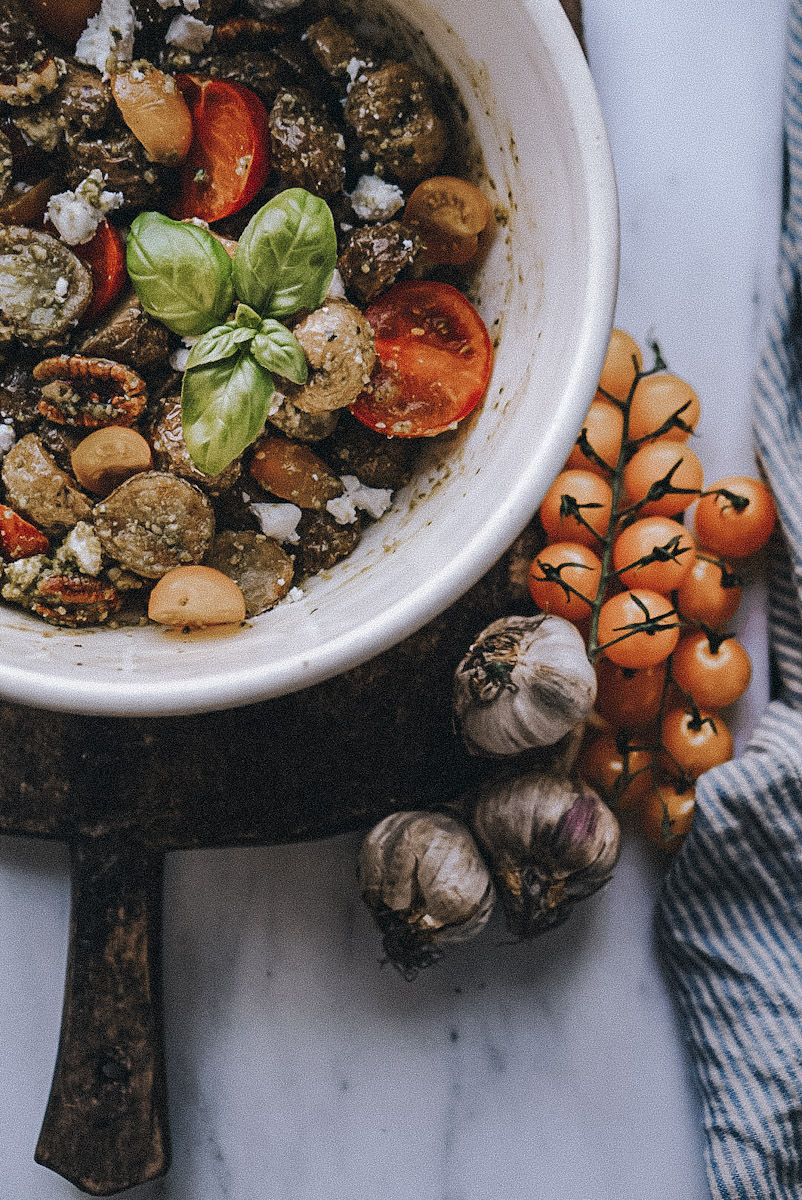This post may contain affiliate links. Please read our full Disclosure Policy.
There is nothing quite like the aroma and taste of homemade cornbread, especially when baked in a cast iron skillet. This traditional cast iron skillet cornbread recipe goes perfectly with hearty meals like smoked chicken or roast beef and gives a feeling of classic comfort.
Our family has always been a fan of cornbread, but when we built the off-grid tiny house, we started to make it far more. It was so easy to make using a skillet on the fire or in the BBQ and fit the relaxed, simple living cooking style we take there!

As easy as this bread is to make in a regular bread pan or dish, it tastes delicious in a cast iron skillet ( as most things do)! This recipe includes all the tips and tricks I have learned over the years of making this easy bread, and I hope your family enjoys it as much as mine!
Why We Love This Recipe
There are just so many reasons we love this recipe! Cast iron skillet cornbread combines the crispy, buttery crust formed by the cast iron pan with the soft, moist interior of the cornbread, making every bite a scrumptious experience.
This recipe is also very easy to make, no matter your skill level! My tween daughter makes it on her own all the time!

It is a very versatile bread and can be served as a side dish alongside chili, soup, or barbeque or enjoyed as a tasty snack on its own. Aside from the staple ingredients, there is also so much room for creativity in this recipe. You may choose to add ingredients such as shredded cheese, jalapeños, or crumbled bacon to customize the cornbread to your liking.
The Key To Cornbread In A Skillet!
There is one HUGE key to making this sweet cornbread in a skillet that makes it turn out perfectly every time! To achieve the crispy edges, golden brown crust, and moist, tender interior that this cornbread is known for, you MUST preheat the cast-iron skillet before pouring in the batter. Cast iron distributes heat evenly, and that is why this skillet cornbread recipe ensures the perfect texture while also imparting a distinct flavor that enhances the taste of the cornbread.
Choosing the Right Cast Iron Skillet
When it comes to making this easy skillet cornbread, you want to select the right skillet. A well-seasoned, heavy cast iron skillet with even heat distribution is necessary for achieving that perfect crust and tender interior.
- Choose the appropriate size. I love using a 9-inch cast iron skillet pan, but any 10- to 12-inch skillet will also work. This will provide enough room for the batter to expand without spilling.
- Ensure that the skillet is well-seasoned. A seasoned skillet has a natural, non-stick surface, which prevents the cornbread from sticking. If the seasoning is lacking, seasoning it with oil and heating in the oven for about an hour should do the trick.
- Skillets with a smooth cooking surface will give better results than those with a textured or rough surface. This allows for better heat distribution and promotes an even crust on the cornbread.
Don’t have a good skillet? Try out one of these skillets below. You can also shop the rest of my kitchen in my B Vintage Style Shop.

Preparing Your Cast Iron Skillet
Before you start making delicious cornbread, it’s important to prepare your skillet correctly by seasoning and preheating it.
Seasoning Your Skillet
A well-seasoned cast iron skillet keeps your cornbread from sticking and provides a flavorful crust. To season your skillet:
- Clean: Make sure your skillet is thoroughly cleaned with warm, soapy water and then completely dried.
- Oil: Apply a thin layer of oil (such as vegetable oil, flaxseed oil, or melted shortening) all over the skillet, including the handle and bottom.
- Bake: Preheat your oven to 375°F (190°C) and place the oiled skillet upside down on the middle rack. Bake the skillet for 1 hour and let it cool in the oven.
Remember to re-season your skillet occasionally to maintain its non-stick capabilities.
Preheating Your Skillet
Preheating your skillet is crucial for even baking and a nice crust on your cornbread. Here’s how to preheat your skillet:
- Preheat your oven to 400°F (204°C).
- While the oven preheats, place your cast iron skillet in it for about 10 minutes so it heats up evenly.
- Once the batter is ready and the skillet is preheated, use oven mitts to remove it from the oven. Be cautious when handling the hot skillet.
Please Note* If you don’t have a cast iron skillet, this recipe will still work in a baking dish, or you can make cornbread muffins using a muffin tin too!
Variations and Substitutes
There are numerous ways to customize and adapt this cornbread recipe to suit your preferences. I always recommend trying the recipe the first time as written and then changing things up or experimenting the next time around.

Adding Ingredients: One way to enhance the flavor of cornbread is by mixing in additional ingredients. Some popular options include:
- Adding shredded cheese, such as cheddar or mozzarella.
- Fresh corn kernels give the bread a wonderful texture.
- Mixing in chopped jalapeños for some extra heat.
- Incorporating fresh herbs like chives or sage for an earthy touch.
- A can of creamed corn for extra moisture.
- These ingredients can be folded into the batter before baking, providing texture and an extra burst of flavor.
Adjusting Sweetness: To achieve a sweeter cornbread, increase the sugar content in the recipe. Conversely, for a more savory cornbread, minimize the sugar or leave it out entirely.
Alternative Flours: Gluten-free flour blends or whole wheat flour are viable options for those with dietary restrictions or a preference for whole grains.
Veggie-Loaded: For a healthier spin on cornbread, try incorporating vegetables into the recipe. Finely grated zucchini, carrots, or even finely chopped spinach can be added to the batter without changing the overall texture of the finished bread.
Ingredients for Cast Iron Skillet Cornbread
There are a few main ingredients in cornbread that give it a delicious flavor and texture.
- Cornmeal: gives the bread its distinct texture and flavor;
- Flour: provides structure and prevents the cornbread from being too crumbly;
- Sugar: adds a touch of sweetness to balance the flavors;
- Buttermilk: contributes to a tender, moist interior.
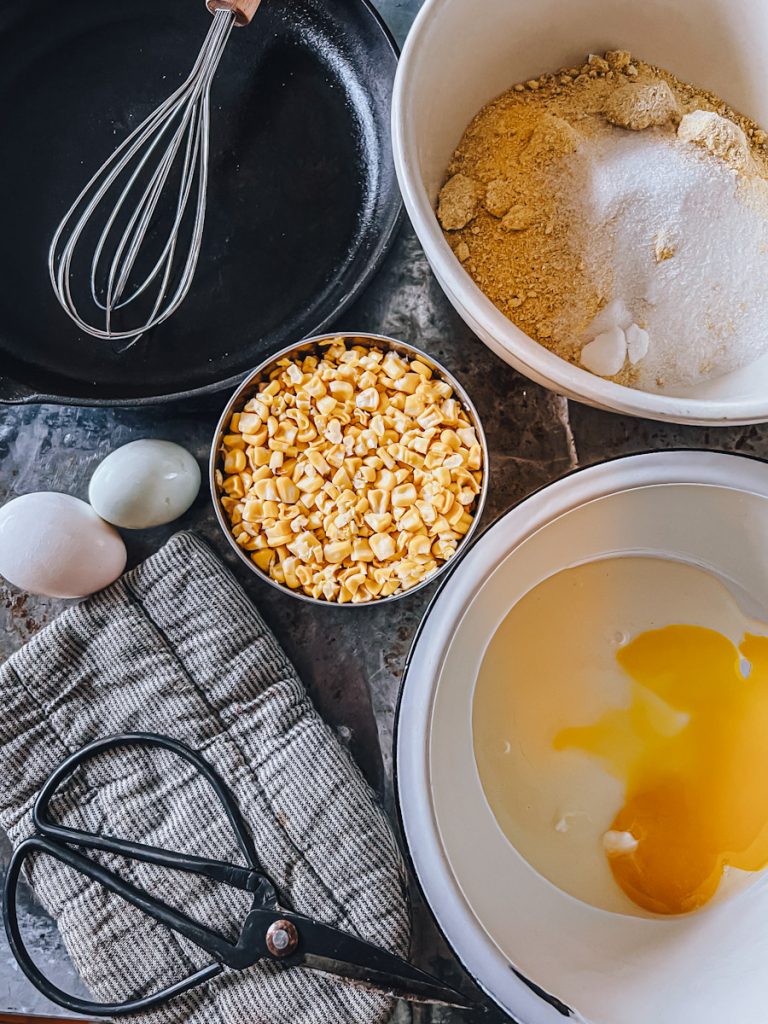
What you will need for this recipe:
- 1 1/4 cups of coarsely ground yellow cornmeal
- 3/4 cup of all-purpose flour
- 1/4 cup of granulated sugar
- 1 tablespoon of baking powder
- 1 teaspoon of kosher salt
- 1/4 teaspoon of baking soda
- 1 cup of buttermilk
- 1/3 cups of whole milk
- 1 large egg
- 8 tablespoons of unsalted butter, divided
Step by Step Cooking Instructions
To make a delicious cast iron skillet cornbread, follow these simple steps.
- Begin by preheating the oven to 400°F (204°C).
- While the oven is heating up, place a 10-inch cast iron skillet inside to warm up.
- In a large bowl, combine cornmeal, all-purpose flour, sugar, baking powder, and salt. Mix the dry ingredients well.

- In a separate bowl, whisk together the milk, vegetable oil, or melted butter, and a large egg.
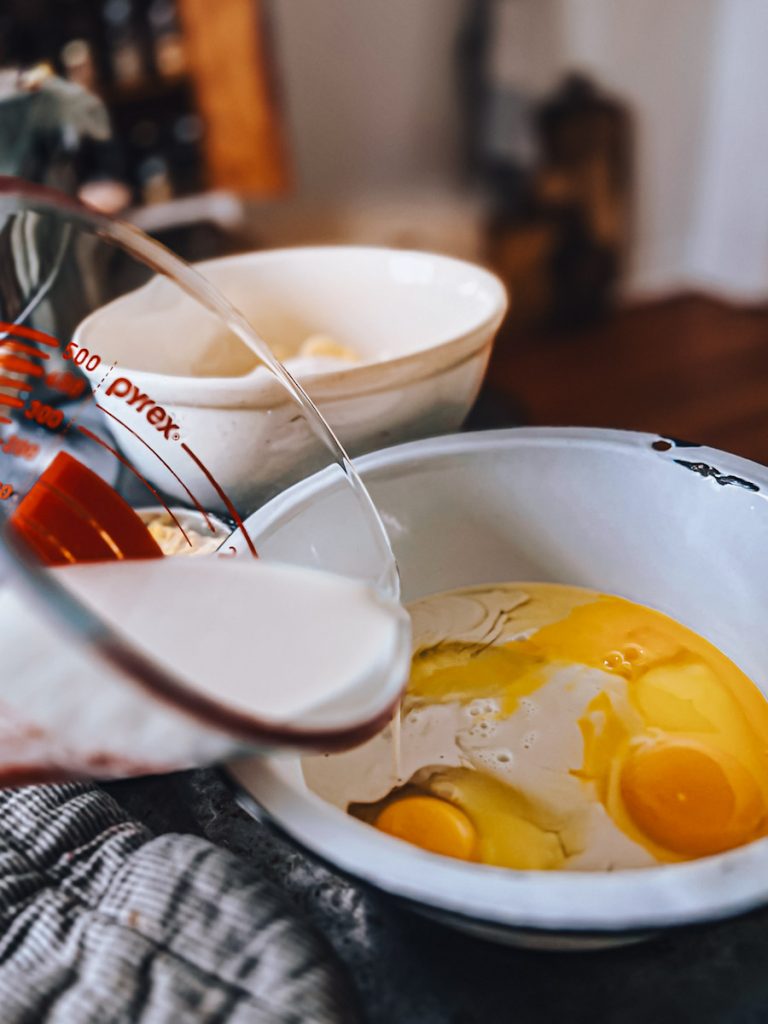
- Slowly add the wet mixture to the dry ingredients and stir until everything is combined, but be cautious not to overmix.
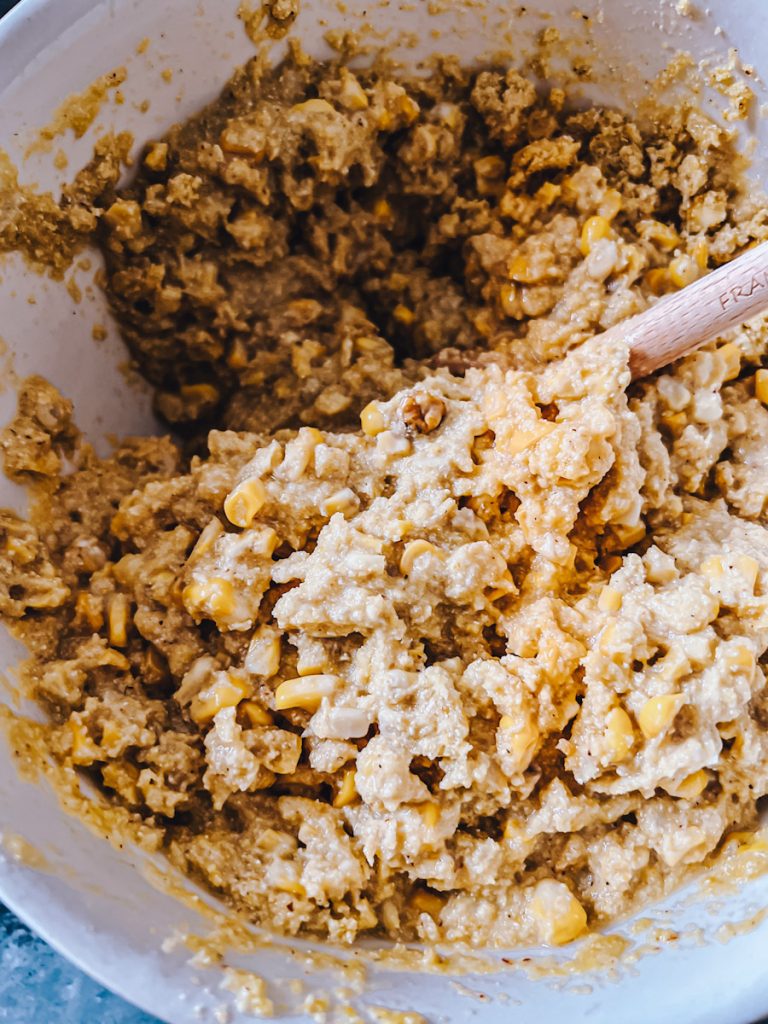
- Carefully remove the hot cast iron skillet from the oven, and add the remaining butter or oil to coat the bottom and sides of the skillet.
- Pour the cornbread batter into the skillet and spread it evenly.
- Return the skillet to the oven and bake for 25-30 minutes or until a toothpick inserted in the center comes out clean. The edges should be crispy!

Allow the cornbread to cool for a few minutes before cutting it into slices. This cast iron skillet cornbread is best enjoyed warm, right out of the oven. It can be served topped with butter and a drizzle of honey, maple syrup, or jam for a satisfying treat.
Tips and Tricks for Perfect Cornbread
When baking the perfect cornbread in a cast iron skillet, there are a few simple tips and tricks to achieve a moist and traditional tasting cornbread.
Preheat the skillet: This ensures even and consistent heat distribution throughout the skillet and helps create an irresistible crispy crust on the bottom of the cornbread.
Choose the right cornmeal: The quality makes a big difference in the final product. Opt for a stone-ground cornmeal, which will produce a crumbly and tender texture, exactly what you’re looking for in a cornbread.
Balance of wet and dry ingredients: Achieving the perfect texture in cornbread depends on having the right balance of wet and dry ingredients. A simple rule of thumb is to mix one part of liquid ingredients with one part of dry ingredients. This balance will help produce a moist yet slightly crumbly texture.
Avoid overmixing: When combining the wet and dry ingredients, gently stir the mixture until all ingredients are just combined. Overmixing can lead to a dense and dry final product. A few lumps here and there are perfectly fine.
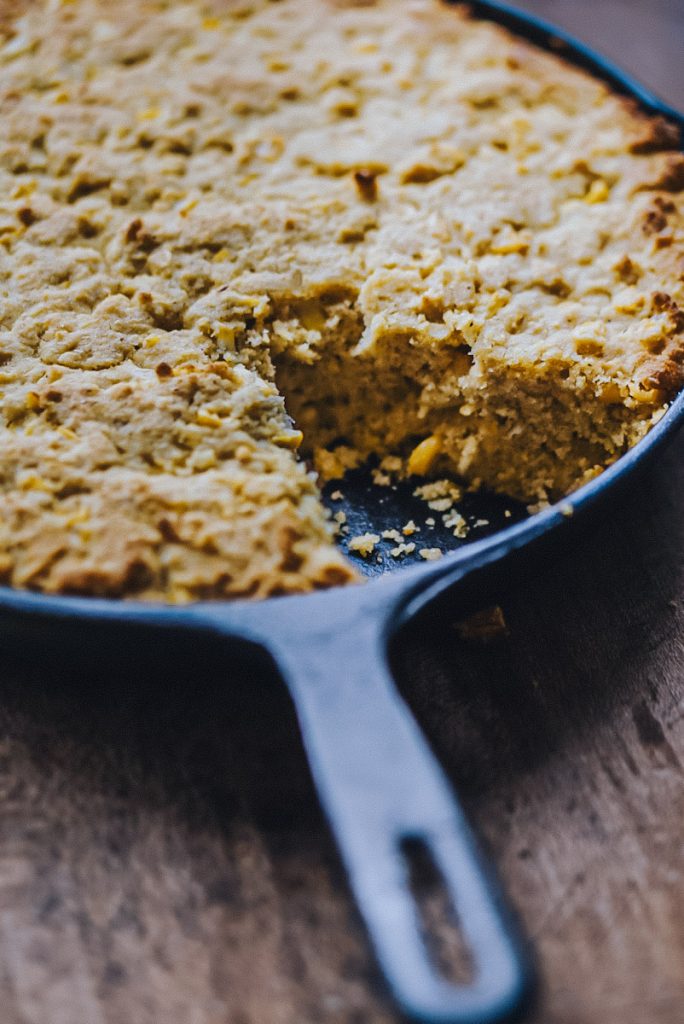
How to Store
Allow the cornbread to cool completely, then remove it from the skillet and wrap tightly in plastic wrap or place in an airtight container. It can be kept in the refrigerator for up to 5 days.
Freeze for 2-3 months and allow to dethaw at room temperature.
More Delicious Bread Recipes
- The Best No Butter Banana Bread (With Oil)
- Easy To Make Homemade Artisan Bread (With or Without a Dutch Oven)
Frequently Asked Questions
The best way to prevent sticking with your skillet is to make sure the skillet is well-seasoned and greased before pouring in the batter. A well-seasoned skillet will have a smooth, non-stick surface that can handle high heat.
To grease the skillet, use a high-smoke point oil, like vegetable oil, or melted butter. This should be done by coating the bottom and sides of the pan evenly.
Yes, preheating the skillet is a crucial step in making the perfect cast iron skillet cornbread. Preheating helps create a crispy crust and a fluffy interior. To preheat the skillet, place it in the oven while it’s preheating to the baking temperature specified in your recipe – this usually takes about 10 to 15 minutes. Be careful when removing the hot skillet; using an oven mitt is recommended.
Cornbread can be a healthier option compared to some types of regular bread, especially if it’s made with whole grain cornmeal, which contains more fiber and nutrients than refined cornmeal. Also, it can often be made to be gluten-free too, making it suitable for those with gluten sensitivities. However, some cornbread recipes can be high in calories, fat, or sugar, depending on the ingredients used. To make a healthier cornbread, consider using whole grain cornmeal, reducing the sugar content, and using healthier fats like olive oil or avocados instead of butter or shortening.
want to save this recipe?
Enter your email & I’ll send it to your inbox. Plus, get great new recipes from me every week!
By submitting this form, you consent to receive emails from B Vintage Style.
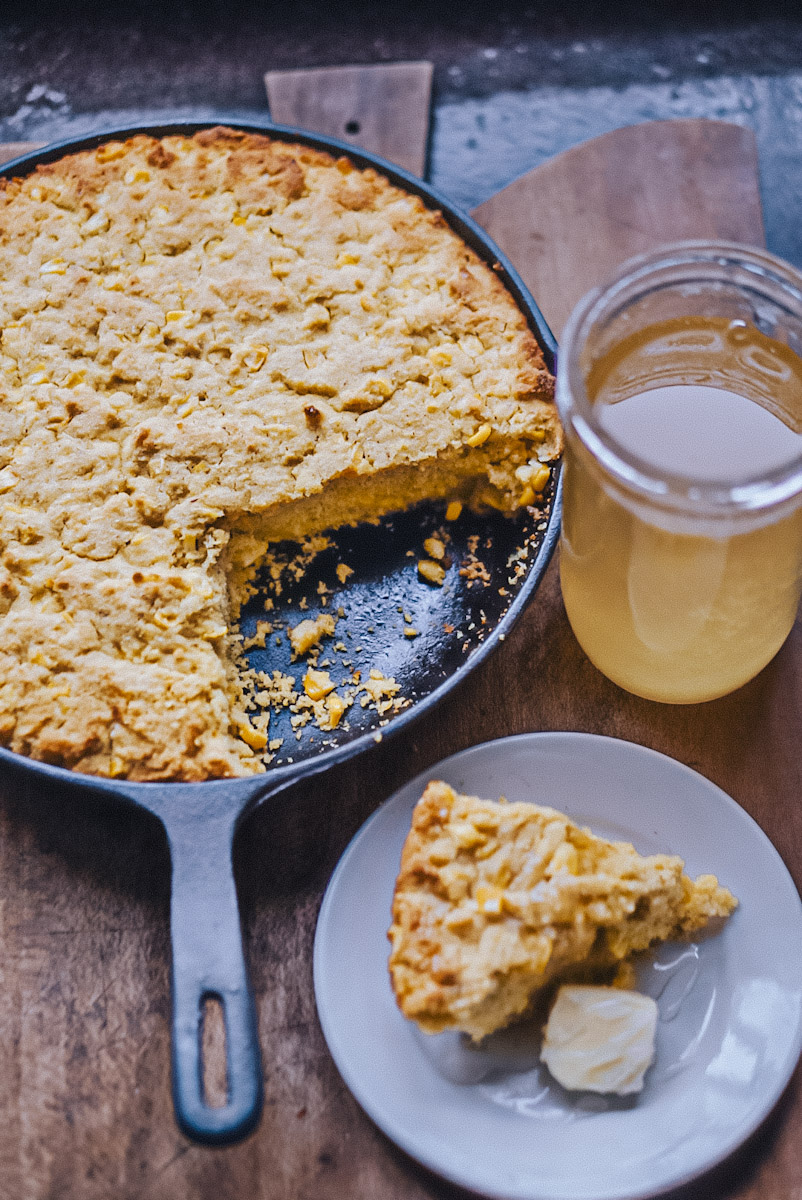
Equipment
- 1 cast iron skillet
Ingredients
- 1 1/4 cups yellow cornmeal coarsely ground
- 3/4 cup all-purpose flour
- 1/4 cup granulated sugar
- 1 tbsp baking powder
- 1 tsp kosher salt
- 1/4 tsp baking soda
- 1 cup buttermilk
- 1/3 cups whole milk
- 1 large egg
- 8 tbsp unsalted butter, divided
Instructions
- Begin by preheating the oven to 400°F (204°C).
- While the oven is heating up, place a 10-inch cast iron skillet inside to warm up.
- In a large bowl, combine cornmeal, all-purpose flour, sugar, baking powder, and salt. Mix the dry ingredients well.
- In a separate bowl, whisk together the milk, vegetable oil, or melted butter, and a large egg.
- Slowly add the wet mixture to the dry ingredients and stir until everything is combined, but be cautious not to overmix.
- Carefully remove the hot cast iron skillet from the oven, and add the remaining butter or oil to coat the bottom and sides of the skillet.
- Pour the cornbread batter into the skillet and spread it evenly.
- Return the skillet to the oven and bake for 25-30 minutes or until a toothpick inserted in the center comes out clean. The edges should be crispy!
- Allow the cornbread to cool for a few minutes before cutting it into slices.


